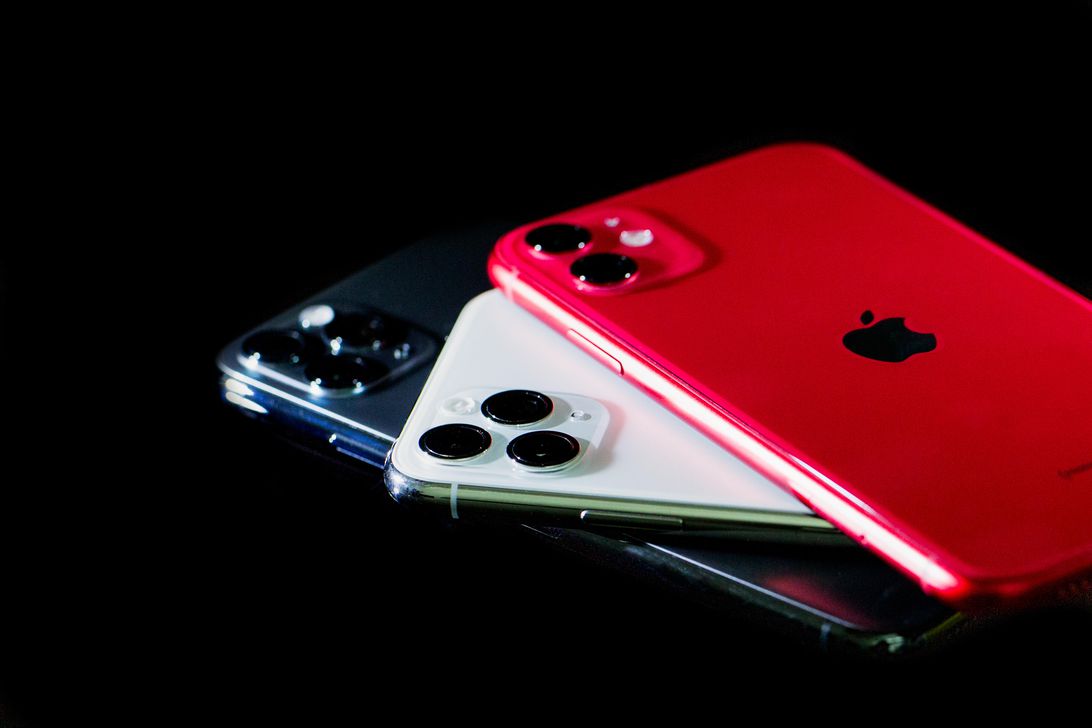
Even though Apple launched its trio of iPhone 11 models a mere five months ago in September 2019, the rumor mill is already looking across the horizon and speculating about the upcoming iPhone 12. (We don’t know what the new iPhones’ official names will be — and Apple has not confirmed anything about them — so we’ll go with the iPhone 12 for now.) Curiosity for the iPhone is high enough that rumors for the 2021 iPhones have already begun as well. In addition to perhaps introducing 3D depth-sensing to its rear cameras and new screen sizes for the year’s iPhones, it’s also being speculated that Apple will belatedly include a feature that would make it competitive with its rivals: 5G connectivity. This makes sense considering its main rival, Samsung, launched three new 5G phones, the Galaxy S20, S20 Plus and S20 Ultra on Feb. 11.
It will be many months until we approach the predicted launch of the iPhone 12, 12 Pro and 12 Pro Max in September 2020. There’s also a chance Apple will launch the long-awaited sequel to the iPhone SE (known as either the iPhone SE 2 or iPhone 9) earlier in the year too, with some predicting a March Apple event. Until any of that happens though, check back with this piece often as we will continue to update it with the most probable and compelling rumors.
iPhone 11 and 12 could look similar
Every other year, Apple usually makes notable cosmetic changes to its iPhone to freshen up its look, much to the delight of anticipating buyers. But a report by Japanese publication Mac Otakara, citing an unnamed Chinese supplier, reported that the iPhone 12 will look similar to the iPhone 11. The only possible difference, unfortunately, is that the iPhone 12’s edges will be slightly bowed.
iPhone 12 Pro could come in a dark blue
Last year Apple introduced a midnight green color on the iPhone 11 Pro and 11 Pro Max. Whether you like the shade or not, the color variant actually sold well compared to expectations. This year there may be a possibility that Apple will launch another new color, navy blue, on the iPhone 12 Pro according to XDA Developer. This would be on trend since blue is both Pantone’s color pick for the new year (“classic blue”) and Shutterstock included “phantom blue” in its color forecast for 2020.
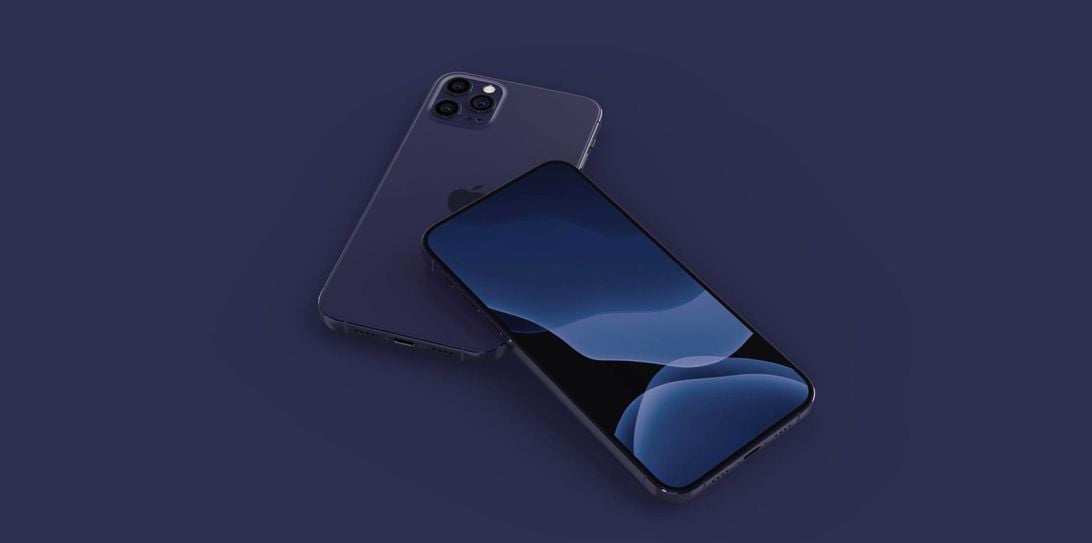
iPhone 12 could have bigger and smaller screens
One of the more enduring rumors about the upcoming iPhones is that Apple may introduce new screen sizes. One of the iPhone 12s could have a 5.4-inch screen (of the current iPhones, the iPhone 11 Pro has the smallest display, which measures 5.8 inches). And the iPhone 2020 Pro Max could go as large as 6.7 inches (for reference, the iPhone 11 Pro Max has a 6.5-inch display).
There’s also speculation that the iPhone 12’s display will have a 120Hz refresh rate. Most phones refresh at 60 frames per second, or 60Hz, but other phones, like the OnePlus 7T and OnePlus 7 Pro, refresh at 90Hz. The gaming handset the Razer Phone 2 has a 120Hz display as well. With a higher refresh rate, a phone feels faster and smoother when scrolling through things like web pages and apps.
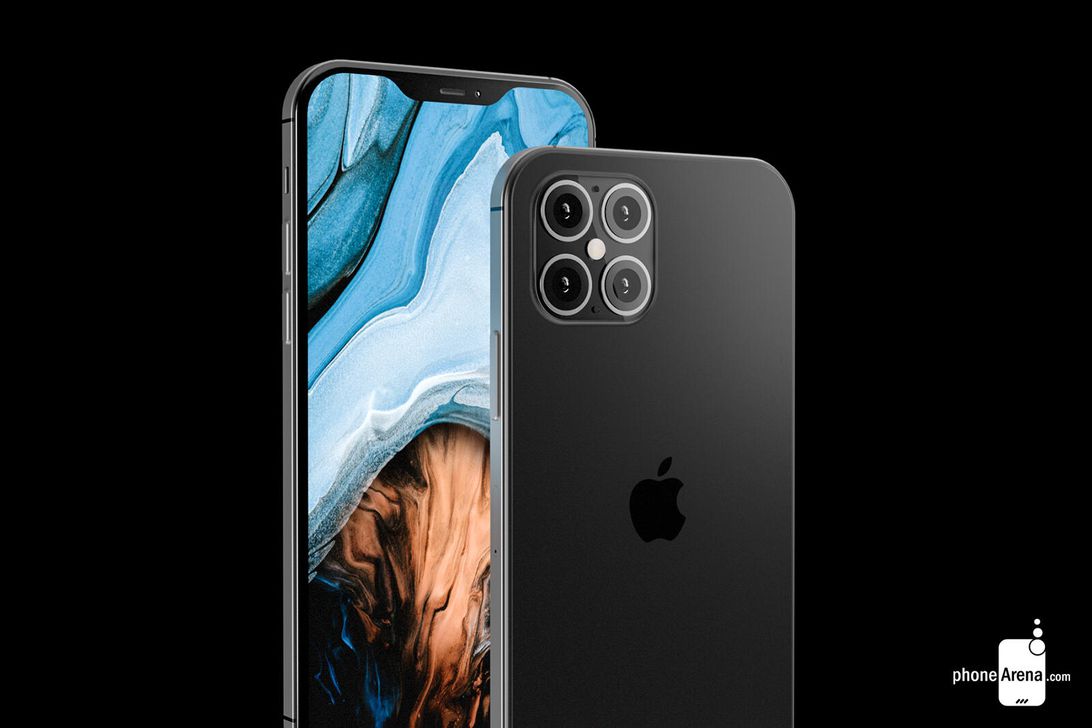
Apple may launch five new iPhones this year…
With the possibility of new display sizes, rumors that Apple will expand its iPhone line have been swirling around. In December 2019, CNET’s Lexy Savvides wrote:
According to JPMorgan analyst Samik Chatterjee, Apple will release four new iPhone 12 models in the fall of 2020: a 5.4-inch model, two 6.1-inch phones and a 6.7-inch phone. All of them will have OLED displays.
These size predictions were also backed this week by analyst Ming-Chi Kuo, who believes the current 5.8-inch size of the iPhone 11 Pro may be going away. So the 5.4-inch and one of the 6.1-inch models will be the lower-end devices, presumably called the iPhone 12. Then the more expensive phones will be the other 6.1-inch and 6.7-inch iPhone 12 Pro and 12 Pro Max, respectively.
The fifth iPhone then, would be a sequel to the iPhone SE, which is rumored to look more like the iPhone 8. Perhaps called the iPhone SE 2 or the iPhone 9, this smaller phone would be the first “lower cost” iPhone since 2016, when the iPhone SE debuted for $399. We could see as early as the first quarter of 2020. Apple is reportedly starting production for it in February, with an unveiling timed as early as March, according to Bloomberg.
Several rumors are predicting that Apple will include 5G connectivity this year. More specifically, Apple analyst Ming-chi Kuo expects the company to unveil three 5G phones and Fast Company reported that Apple may use its own proprietary 5G antennas.
There are a couple of reasons why the company didn’t jump on the trend in 2019. First, Apple usually isn’t the first in on mobile trends, preferring instead to perfect an emerging technology before committing to it. For example, it was behind its competitors in making phones with 3G and 4G LTE connectivity when those networks just launched.
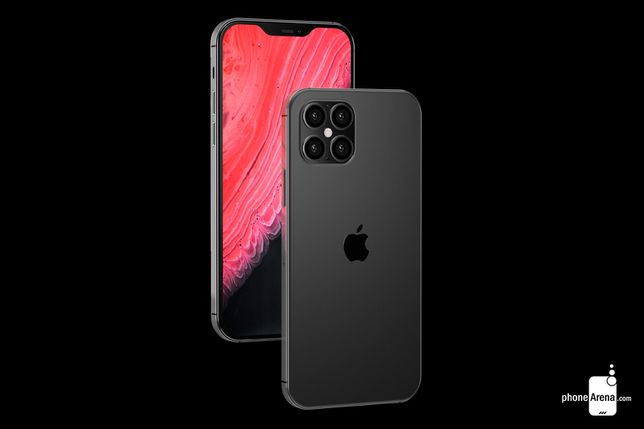
Second, Apple stopped working with the leading 5G modem provider, Qualcomm, because of a dispute over Qualcomm’s licensing fees. The two companies settled their litigation in April 2019, and then agreed to a multiyear 5G chip deal. This led to Apple’s previous partner of 5G modems, Intel, to ultimately exit the 5G phone modem business altogether and Apple later acquired Intel’s smartphone modem business for $1 billion. Apple is still working with Qualcomm, but it got started too late to launch a 5G phone last year when a few of its rivals released their 5G models, like the Galaxy S10 5G, LG V50 5G and OnePlus 7 Pro 5G.
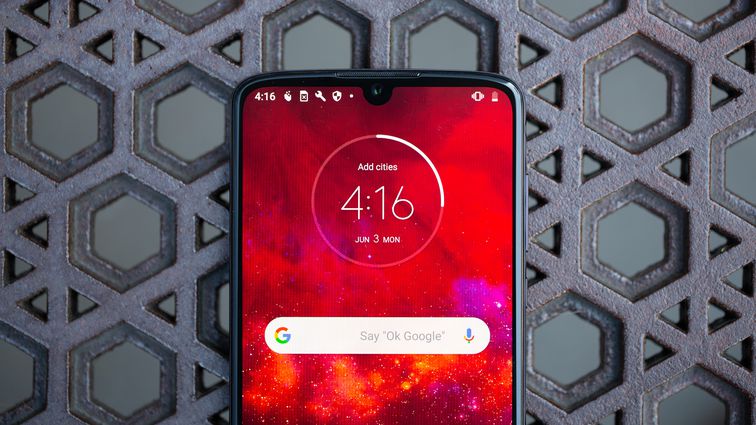
Samsung, LG, Motorola: How soon can we expect 5G phones? 13 Photos
iPhone 12 may have 3D depth sensing in rear cameras
Since the iPhone X, newer iPhones have front-facing cameras that have 3D depth sensing. Known as Face ID, this feature scans your face for unlocking your phone and authorizing digital payments. It’s been rumored that Apple may take it up a notch and introduce that same system to the rear cameras. In August 2019, CNET’s Vanessa Orellana wrote:
Longtime Apple analyst Ming Chi Kuo (via MacRumors and 9to5Mac) said he expects two of the 2020 iPhones models to have a new time-of-flight camera lens on the back of the phone. The setup would be similar to that of the current True Depth camera system used for Face ID on the front of the phone, except it would use a slightly different type of technology that could allow it to 3D map objects from farther away. This would significantly improve its augmented reality applications and take certain camera features like Portrait Mode to the next level.
It’s unclear how many of the new iPhones would be equipped with this feature, if any.
